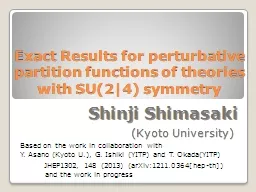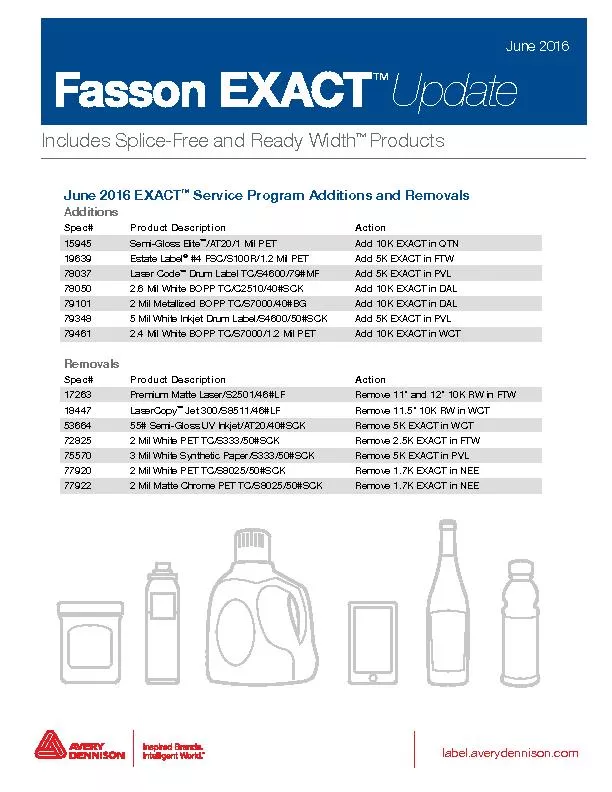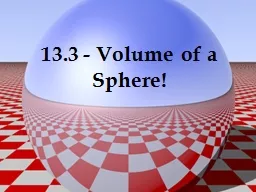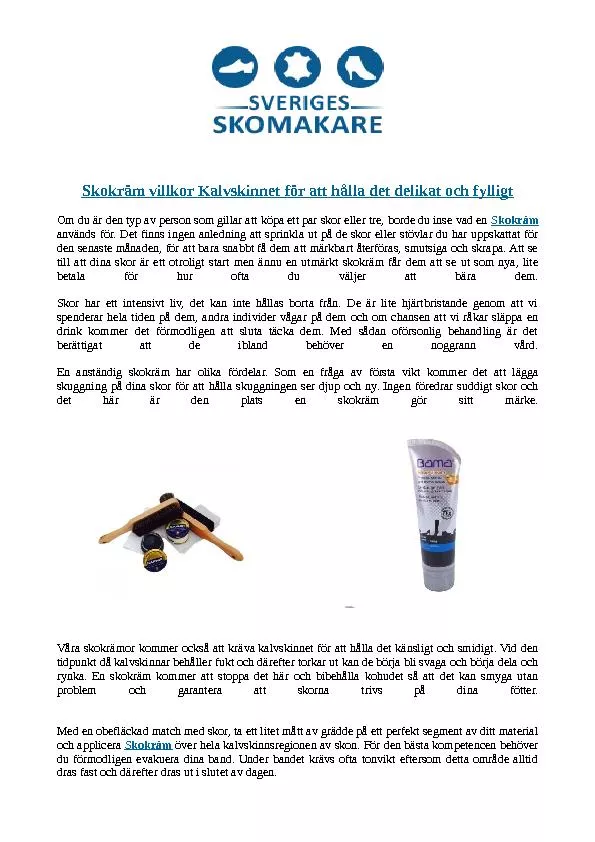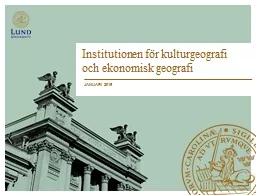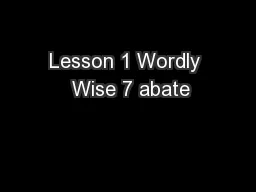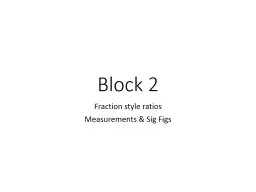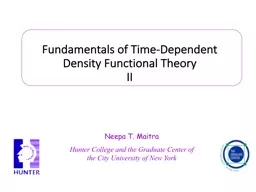PPT-Exact Results for
Author : trish-goza | Published Date : 2016-07-31
perturbative partition functions of theories with SU24 symmetry Shinji Shimasaki Kyoto University JHEP1302 148 2013 arXiv12110364 hepth Based on the work in
Presentation Embed Code
Download Presentation
Download Presentation The PPT/PDF document "Exact Results for" is the property of its rightful owner. Permission is granted to download and print the materials on this website for personal, non-commercial use only, and to display it on your personal computer provided you do not modify the materials and that you retain all copyright notices contained in the materials. By downloading content from our website, you accept the terms of this agreement.
Exact Results for: Transcript
Download Rules Of Document
"Exact Results for"The content belongs to its owner. You may download and print it for personal use, without modification, and keep all copyright notices. By downloading, you agree to these terms.
Related Documents

